Classic Hollywood Films Worth Revisiting
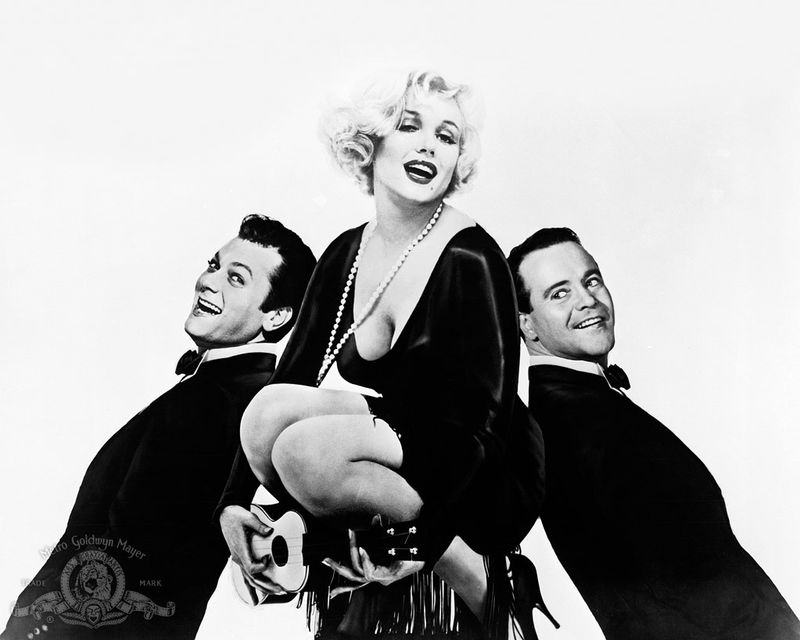
Hollywood’s golden age gave us movies that still shine bright today. These films shaped how stories are told on screen and created stars whose names we still remember. Whether you love romance, thrills, or laughs, these classics have something special that modern movies sometimes miss. Let’s look at ten unforgettable films that deserve another watch.
1. Casablanca (1942)
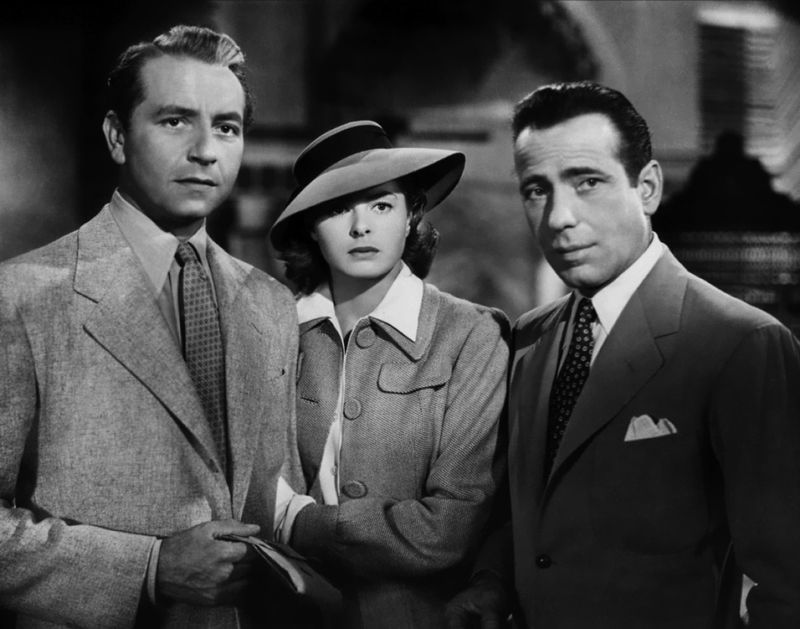
“Here’s looking at you, kid.” Those famous words from Rick Blaine echo across decades of cinema history. Set against the backdrop of World War II, this film blends romance and political intrigue in ways that still feel relevant. Humphrey Bogart and Ingrid Bergman create magic on screen as former lovers reunited in Morocco. Their chemistry is undeniable, even as fate pulls them in different directions. The black-and-white cinematography creates a moody atmosphere that modern filters try but fail to replicate. From the piano playing of “As Time Goes By” to the foggy airport finale, Casablanca remains a masterclass in storytelling that rewards multiple viewings.
2. Gone with the Wind (1939)
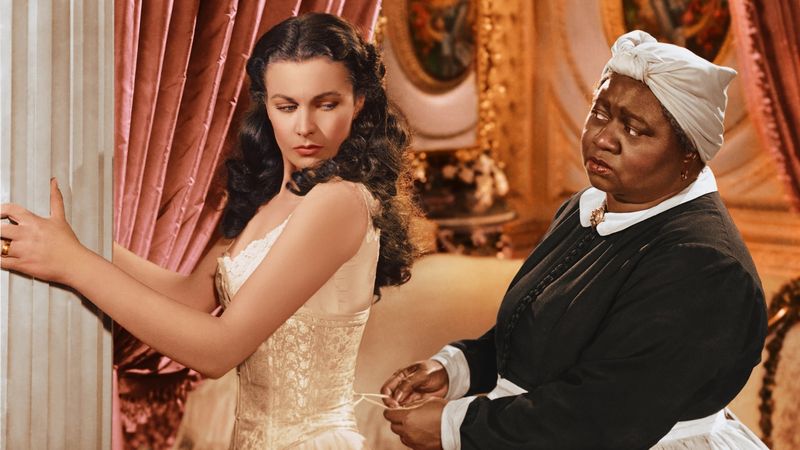
Scarlett O’Hara’s determination to survive makes this Civil War epic unforgettable. Vivien Leigh’s performance as the headstrong Southern belle takes us through love, war, hunger, and rebuilding with unmatched dramatic power. The burning of Atlanta sequence remains one of cinema’s most spectacular moments. Filmed using actual burning sets, it shows how filmmakers created spectacle before computer effects existed. While the film’s portrayal of slavery and race relations is problematic by today’s standards, its technical achievements and emotional storytelling continue to impress. The sweeping score, vibrant Technicolor, and Clark Gable’s charming Rhett Butler combine to create a movie experience that feels larger than life.
3. Singin’ in the Rain (1952)
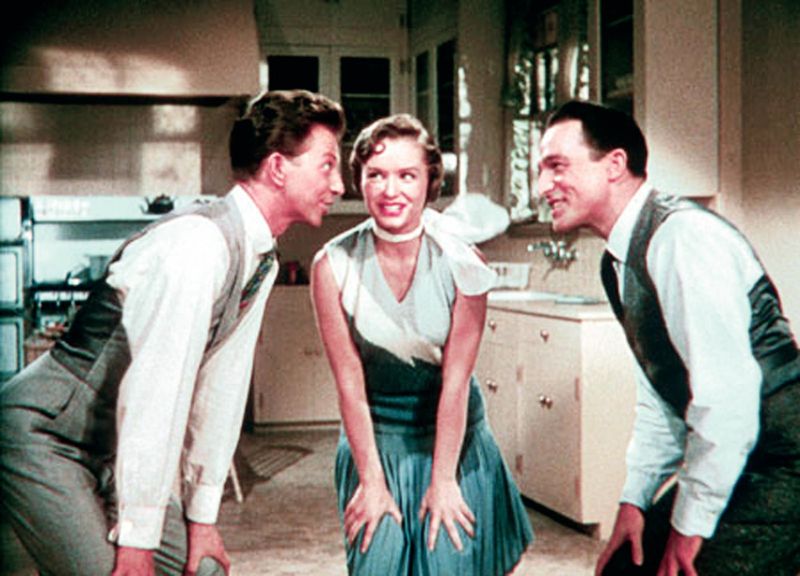
Gene Kelly splashing through puddles might be the happiest moment ever captured on film. This musical comedy about Hollywood’s transition from silent films to talkies sparkles with energy and humor that never gets old. The dance sequences showcase incredible talent without relying on quick cuts or camera tricks. Kelly, Donald O’Connor, and Debbie Reynolds perform athletic, graceful routines that required tremendous skill and endless practice. Beyond the famous rain scene, “Make ‘Em Laugh” and “Good Morning” demonstrate why this film remains the gold standard for movie musicals. The bright colors, catchy songs, and genuinely funny script create a perfect entertainment package that lifts spirits no matter how many times you watch it.
4. Sunset Boulevard (1950)
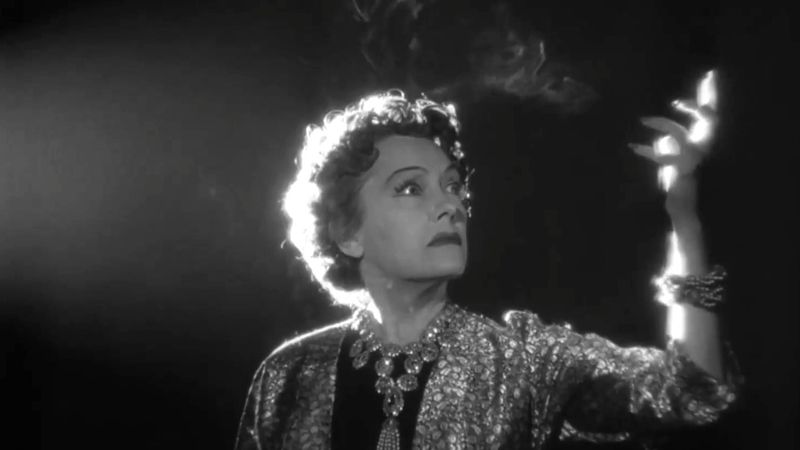
“I am big. It’s the pictures that got small.” Norma Desmond’s famous line cuts to the heart of this noir masterpiece about fame’s fleeting nature. The film begins with a shocking twist – our narrator is already dead, floating in a swimming pool. Gloria Swanson delivers a haunting performance as a forgotten silent film star living in the past. Her mansion, filled with photographs of her younger self, becomes a tomb-like monument to lost glory. Director Billy Wilder crafts a biting commentary on Hollywood that still rings true today. The stark lighting, unsettling close-ups, and William Holden’s trapped screenwriter create a mood of beautiful desperation. Few films have ever captured the industry’s darker side with such unflinching honesty.
5. Citizen Kane (1941)
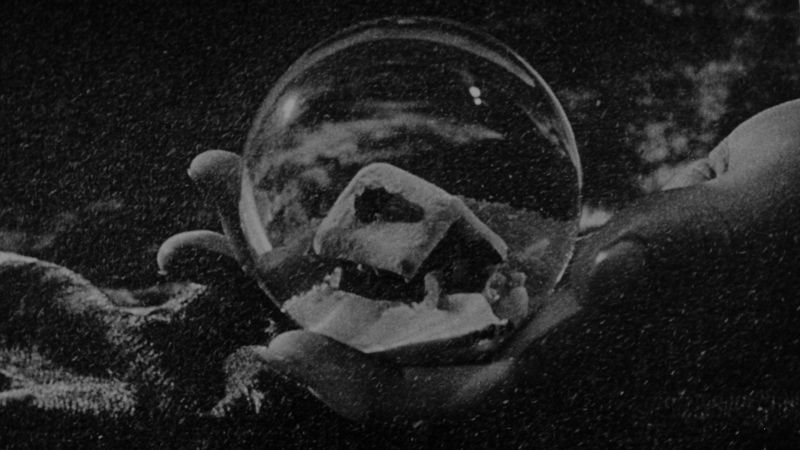
A mysterious word – “Rosebud” – launches one of cinema’s greatest journeys. Orson Welles was just 25 when he directed, co-wrote and starred in this groundbreaking film about a newspaper tycoon’s rise and fall. The innovative camera angles and deep focus photography let Welles show action in both foreground and background simultaneously. These techniques, revolutionary at the time, influenced generations of filmmakers who followed. What makes Kane truly special is how it tells its story – through multiple perspectives, flashbacks, and unreliable narrators. The structure feels modern even today. Behind the technical wizardry lies a powerful story about wealth, power, and the emptiness that can come with having everything except what truly matters.
6. Roman Holiday (1953)
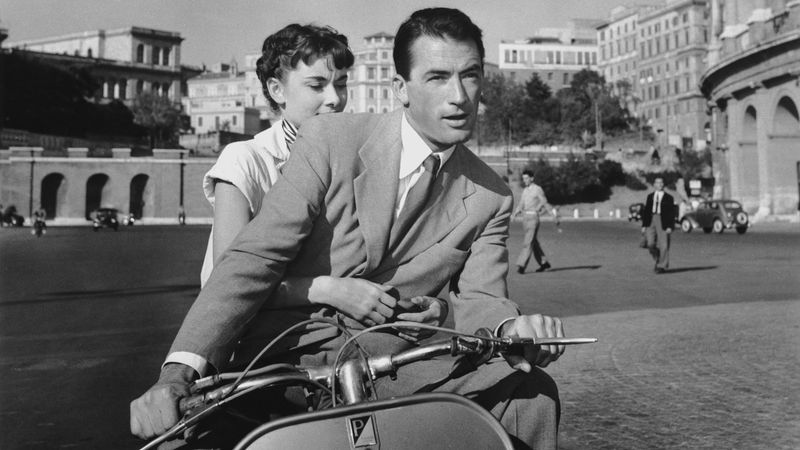
In her first major role, Audrey Hepburn won an Oscar portraying a princess who escapes her royal life for one enchanting day in Rome. Her natural charm and glowing smile make it impossible not to adore her—and the eternal city she explores. Gregory Peck plays the American reporter who recognizes her but keeps her secret while planning to write a story about her adventure. Their scooter ride through Rome’s chaotic streets captures a feeling of freedom that still makes viewers smile. Shot on location rather than on studio sets, the film showcases Rome’s beauty in ways that inspired generations of travelers. The bittersweet ending avoids Hollywood clichés for something more meaningful – a perfect day of memories that both characters will treasure forever.
7. The Philadelphia Story (1940)

Katharine Hepburn, Cary Grant, and James Stewart form an unbeatable trio in this sophisticated comedy about high society and second chances. The rapid-fire dialogue crackles with intelligence and humor that modern romantic comedies rarely match. Hepburn plays Tracy Lord, a wealthy divorcée about to remarry when her ex-husband (Grant) and a reporter (Stewart) complicate everything. The characters speak to each other like actual smart adults rather than following predictable formulas. Director George Cukor gives his stars room to shine in a story that manages to be both funny and thoughtful about relationships. The film’s exploration of class differences, personal growth, and forgiveness adds depth to what might otherwise be just another wedding comedy. Every viewing reveals new layers of meaning and humor.
8. Rebel Without a Cause (1955)
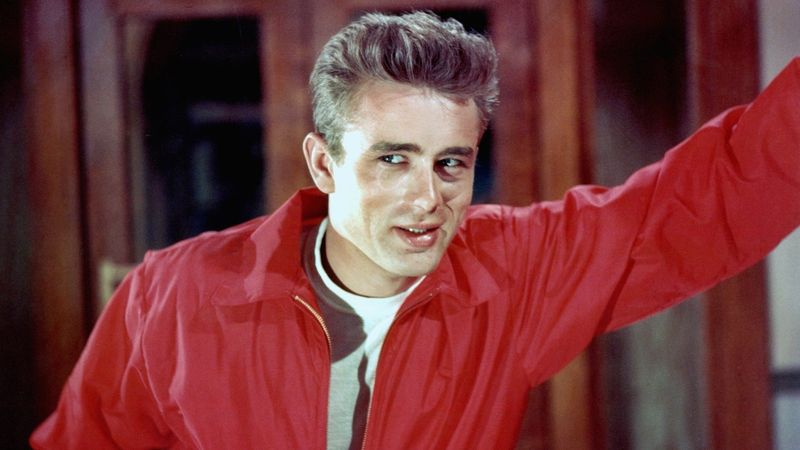
The red jacket worn by James Dean turned into an emblem of youthful defiance in a film that revolutionized Hollywood’s view of teenagers. Dean’s raw, emotional acting gave young audiences a voice they had never seen before. The famous “chicken run” scene, where teens race stolen cars toward a cliff edge, captures the dangerous mix of boredom, peer pressure, and recklessness that still resonates with young viewers today. Director Nicholas Ray used CinemaScope’s wide frame and vivid color to create a teen world adults couldn’t understand. Natalie Wood and Sal Mineo complete the trio of troubled youth searching for meaning and connection. The film’s exploration of family dysfunction, belonging, and identity created a template for teen dramas that continues to influence movies and television decades later.
9. North by Northwest (1959)
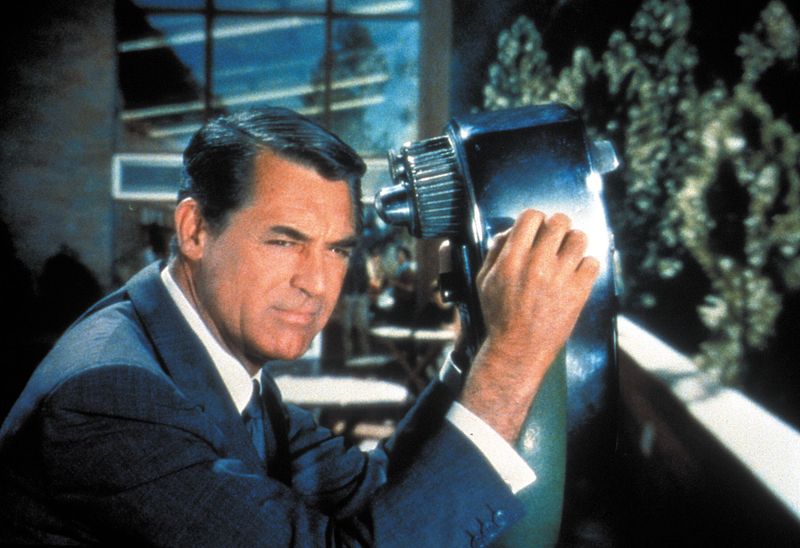
Alfred Hitchcock’s masterpiece of mistaken identity features Cary Grant running from a crop duster in a cornfield – one of cinema’s most famous scenes. The ordinary man caught in extraordinary circumstances becomes a blueprint for countless action movies that followed. Grant plays Roger Thornhill, an advertising executive accidentally identified as a spy, launching him into a cross-country chase. His natural charm and humor make the increasingly dangerous situations both thrilling and entertaining. The film moves from New York to Chicago to Mount Rushmore with breathtaking efficiency and style. Bernard Herrmann’s driving musical score heightens every moment of suspense. Eva Marie Saint provides both romance and mystery as the beautiful blonde who might be helping or betraying our hero in this perfect blend of action, comedy, and suspense.
10. Some Like It Hot (1959)
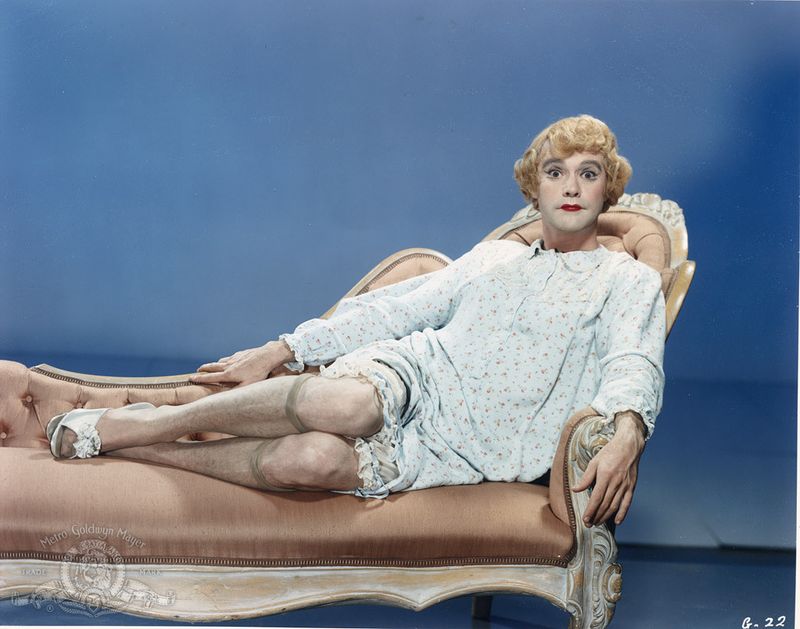
“Nobody’s perfect!” The famous final line caps off what many consider the funniest movie ever made. Tony Curtis and Jack Lemmon play musicians who witness a mob hit and hide by disguising themselves as women in an all-female band featuring Marilyn Monroe. Monroe’s performance as Sugar Kane showcases both her comedic timing and vulnerability. Her rendition of “I’m Through With Love” demonstrates why she remains an enduring screen presence beyond her status as a sex symbol. Director Billy Wilder pushes boundaries with gender-bending humor that was daring for 1959 yet remains surprisingly progressive today. The black and white photography gives the Prohibition-era setting authenticity, while the script delivers one perfect joke after another. The film’s combination of screwball situations and genuine heart creates comedy that never grows stale.

Comments
Loading…